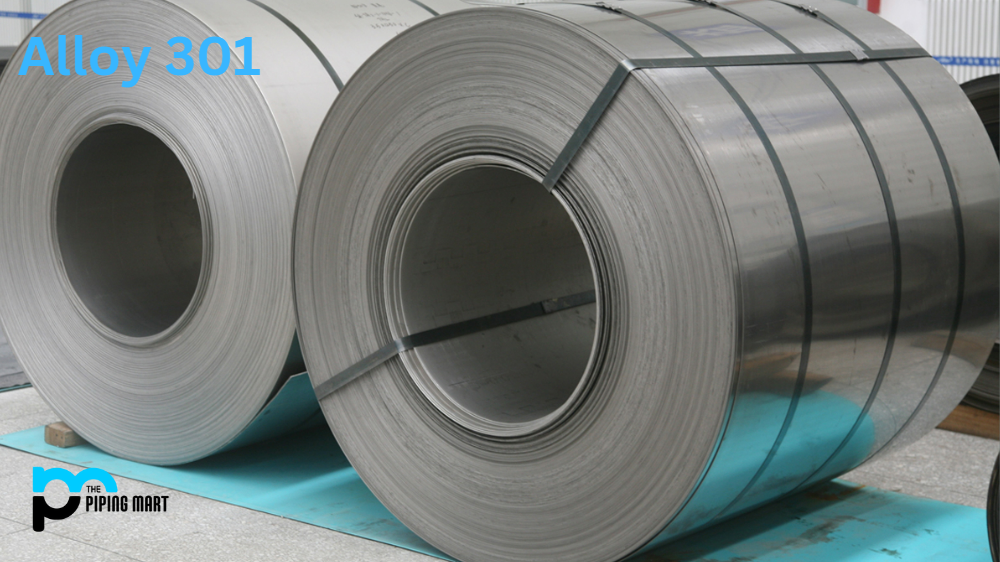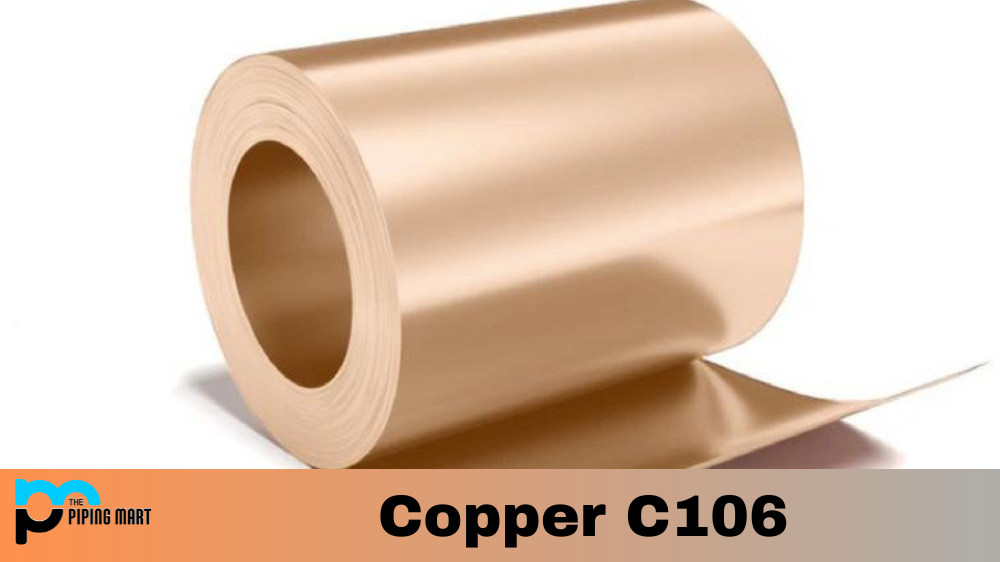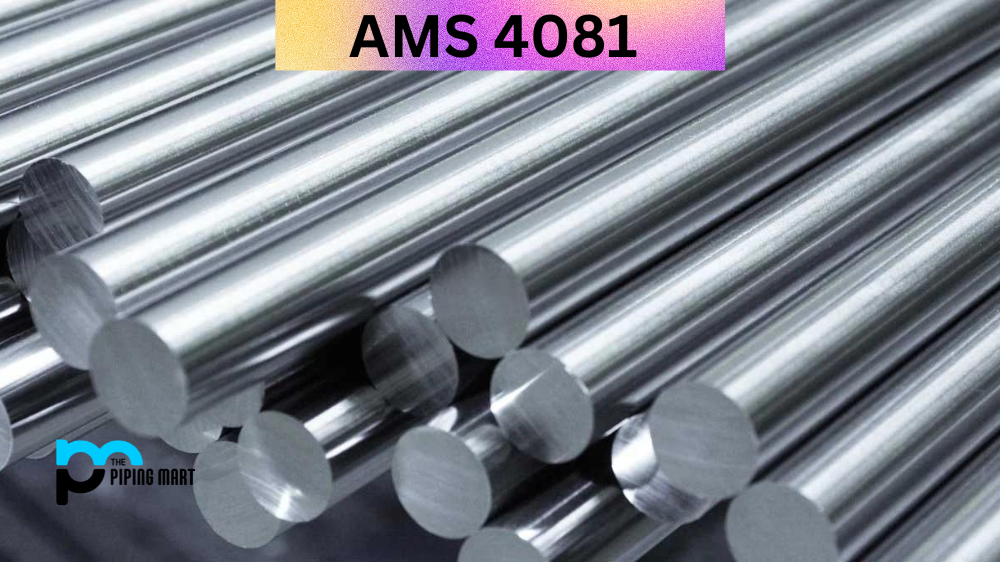If you’re looking for a corrosion-resistant metal alloy that offers excellent strength, flexibility, and ease of fabrication, you might want to consider Alloy 301. This austenitic stainless steel alloy is one of the most commonly used materials in various industries and applications. This blog looks closer at Alloy 301’s composition, mechanical and physical properties, uses, corrosion resistance, and welding abilities.
Alloy 301 Composition
Alloy 301 is a variation of the elemental austenitic 18/8 composition consisting of a chromium-nickel content of 17% – 19 % and 8% -10.5 % nickel. An essential element to note is carbon content. Alloy 301 has a low carbon content of 0.15% max, ensuring better corrosion resistance than its counterpart Alloy 304, with a higher carbon content of 0.08%.
| Element | Content (%) |
|---|---|
| Nickel, Ni | ≥ 93 |
| Aluminum, Al | 4.0-4.75 |
| Silicon, Si | ≤ 1 |
| Iron, Fe | ≤ 0.60 |
| Manganese, Mn | ≤ 0.50 |
| Carbon, C | ≤ 0.30 |
| Titanium, Ti | 0.25-1 |
| Copper, Cu | ≤ 0.25 |
| Sulfur, S | ≤ 0.010 |
Alloy 301 Mechanical Properties
Alloy 301 has excellent tensile strength, yielding strength, and elongation properties making it useful in challenging situations. With a minimum tensile strength of 8217 psi, it can withstand even high-stress environments. Alloy 301 has a high hardening rate when cold-working and maintains its properties at elevated temperatures.
| Properties | Metric | Imperial |
|---|---|---|
| Tensile strength | 689-1030 MPa | 100000-150000 psi |
| Yield strength (@strain 0.200 %) | 414-896 MPa | 60000-130000 psi |
| Shear modulus (typical for steel) | 76 GPa | 11000 ksi |
| Elastic modulus (tension) | 207 GPa | 30000 ksi |
| Poisson’s ratio | 0.310 | 0.310 |
| Elongation at break | 15-35% | 15-35% |
| Hardness, Brinell (3000 kg) | 185-300 | 185-300 |
| Hardness, Rockwell B | ≥ 90 | ≥ 90 |
| Hardness, Rockwell C | ≤ 40 | ≤ 40 |
Alloy 301 Physical Properties
This alloy has an ultimate density of 0.29 lb/in^3 and is non-magnetic in its annealed form. Alloy 301 also has an excellent workability property, which can be easily fabricated into various shapes or forms.
| Properties | Metric | Imperial |
|---|---|---|
| Density | 8.19 g/cm3 | 0.296 lb/in3 |
| Melting point | 1427°C | 2600°F |
Alloy 301 Thermal Properties
| Properties | Metric | Imperial |
|---|---|---|
| Thermal expansion co-efficient (@21-100°C/69.8-212°F) | 13.0 µm/m°C | 7.22 µin/in°F |
| Thermal conductivity | 23.8 W/mK | 165 BTU in/hr.ft².°F |
Alloy 301 Uses
Alloy 301 has a wide range of applications, including missile and rocket equipment, chemical processing, food handling and storage systems, beverage packaging, dairy processing, and architectural components. Additionally, it finds use in automotive trim, railings, decorative trim, and conveyor belts. The ease of machining, processing, and fabrication makes it a versatile material in various applications.
Alloy 301 Corrosion Resistance
Alloy 301 is a non-magnetic austenitic stainless steel with excellent corrosion resistance properties making it ideal for corrosive environments, and thanks to low carbon content, it offers better corrosive resistance than Alloy 304.
Alloy 301 Welding
Alloy 301 is weldable using all commercial welding techniques. We recommended using 308L welding consumables designed to provide the desired level of corrosion resistance.
Conclusion
Alloy 301 is a versatile, robust metal alloy with unique properties that suit various applications. Its high strength, excellent corrosion resistance, workability, and ease of fabrication make it a popular choice in many industries. If you’re still wondering whether Alloy 301 is the right choice for your next project, consult an expert who can assess your needs and recommend the best material for your specific application.

Pipingmart is a B2B portal that specializes in metal, industrial and piping items. Additionally, we share the latest information and information about materials, products and various types of grades to assist businesses that are involved in this business.




